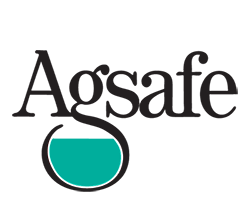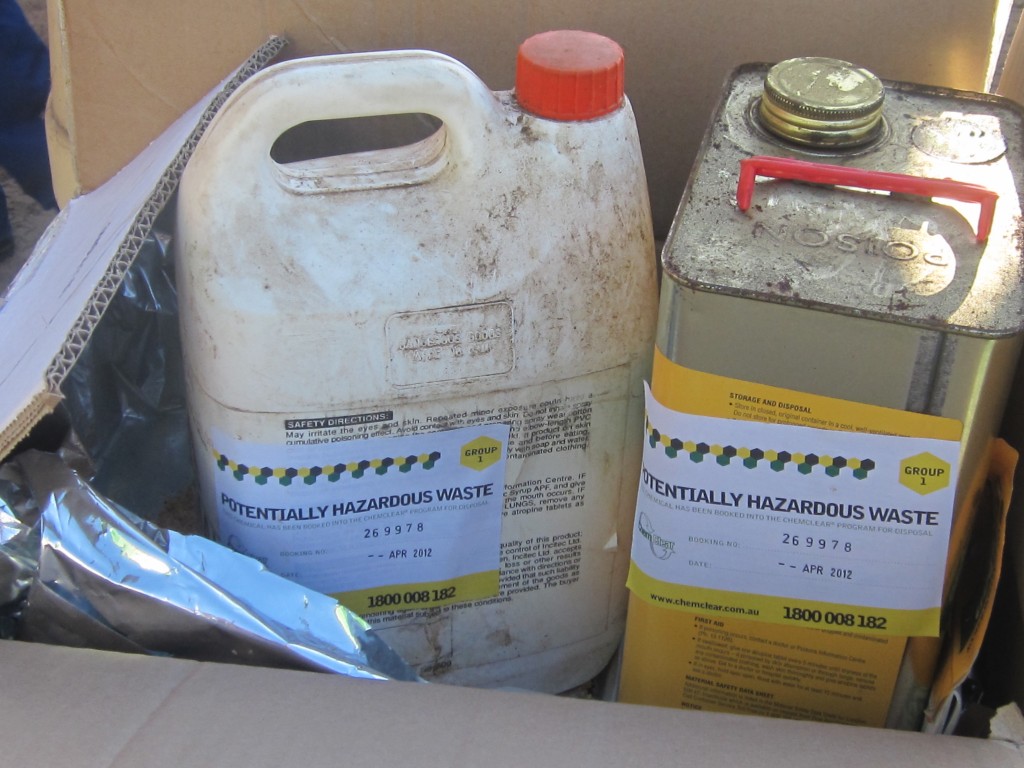For the last 12 years, thousands of chemical users have relied on ChemClear to dispose of their unwanted agricultural and veterinary chemicals. Over this time, the program has grown to become the most successful stewardship – or closed loop – waste disposal program operating in Australia.
ChemClear collections help neutralise the threat of chemical waste from harming local communities, the environment and Australia’s trade opportunities.
Collections are made across the country on a needs basis or via two permanent collection facilities in Sydney and Melbourne. Waste holders register their agvet chemical products to be collected, resulting in a regional or statewide pick-up being scheduled once a threshold has been reached.
To date, over 100 collections across six states have transpired, culminating in a milestone 500 tonnes of obsolete rural chemicals being retrieved for appropriate disposal across the country.
500 tonnes diverted from landfill converts to about 15,000 times the weight of a standard brick, 30 times the weight of a car, 9 million times the weight of a sheet of paper or 4 million times the weight of a AAA battery.
Lisa Nixon has been the National Program Manager since the inception of the program.
“When ChemClear was first established in 2003 as a pilot, we thought the take up from agvet users might be slow. Boy, were we wrong. The booking line grows each day with more and more product being registered,” she said.
“The program has been a fantastic initiative that has succeeded year on year, and along the way we have gained excellent support from industry, grower organisations and state governments.”
ChemClear has received government funding support over the years to help finance the disposal of products from agvet chemical users that are no longer identifiable or are unregistered.
In 2015, the Queensland Department of Environment and Heritage subsidised the cost of collection of deregistered or unknown chemicals (Group 2) during a run which collected 37 tonnes of product from farmers, businesses, golf courses, government departments and councils across the state.
Coral Sanders, a user from Nanango who was a funding recipient said, “Registering online for the service was convenient and I was easily able to store my chemicals, some of which were approximately 10-years-old, in a poisons shed prior to collection. By disposing of my chemicals, I’ve removed the burden from others if something was to happen to me. ChemClear is a valuable service for all agvet chemical users.”
Agsafe General Manager Alison Carmichael said, “We can all relate to the image of the brown bottle on a shelf in the shed, enshrouded by cobwebs, or the dinted and rusted drum in the corner, or the stack of plastic drums with illegible or missing labels.”
“There are many valid reasons why agvet chemicals become unwanted or unusable such as a change of farm use or ownership, changes in regulation or simply availability of another product that is more appropriate for the job. The ChemClear program provides a fantastic service where these containers can be taken from the property and the contents disposed of safely.”
500 tonnes is the equivalent of 25,000 twenty litre containers of product. These are chemicals that pose a safety risk by being left in sheds, discarded in paddocks or eventually ending up in our waterways or in our soils.
“Removing so much unwanted product from the farm is a great result for the program, greatly reducing the risk of an incident resulting from a spill or misuse,” said Ms Carmichael.
As well as safety, health and stock benefits of the program itself, ChemClear is also aimed at supporting users of agvet chemicals to comply with impacts of environmental and farm management systems by providing a service to meet quality assurance standards and maintain good environmental practices.
“By participating in ChemClear, chemical users are provided with documentation that demonstrates they are meeting their responsibilities for on-farm waste management of chemicals,” said Ms Nixon.
“We’ve found that users of the program are relieved to hand over their unwanted chemicals, which in some cases, have been lying around for up to 30 years. The chemicals we are collecting can result from changes in farming direction, deceased estates, inherited chemicals from relatives and are often due to the purchase or sale of a property. To see the relief on waste holders faces to finally drop off their chemicals to an appropriate disposal program is very satisfying.”
ChemClear is leading the way in product stewardship and wishes to thank agvet chemical manufacturers, local government and program users for their commitment to sharing in the responsibility for a sustainable future in Australian agriculture.
Ms Nixon said, “It has been an inspiring program to be involved in and I urge farmers and other users of agvet chemical to check out their storages and register for the program as it forms a crucial role in protecting the future of the industry.”


